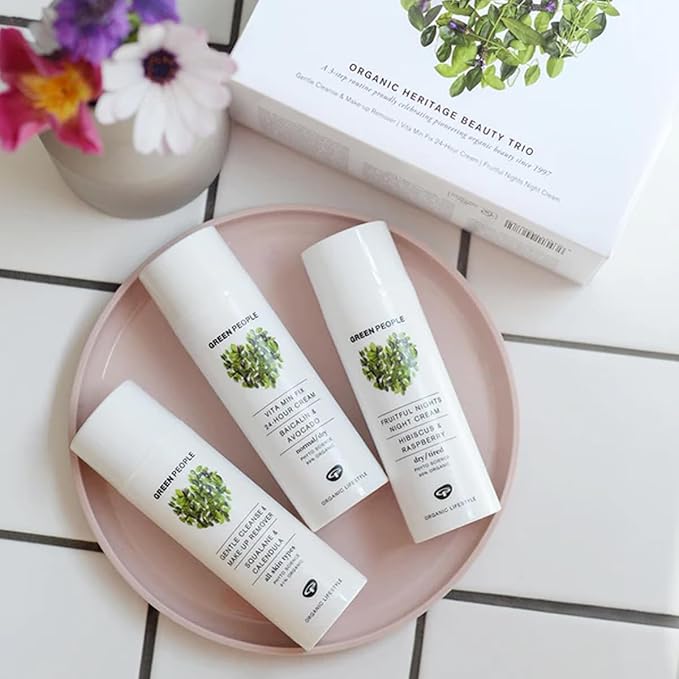First-time visitors to Georgia often want a clear, stress-free introduction that balances culture, nature and everyday comfort. Many begin in Tbilisi, where the airport sits close to the city centre and the compact Old Town allows easy walking between the sulphur baths, Narikala cable car and riverside viewpoints. Sustainable travel here means choosing walkable routes, local cafés and small hotels that support the community. Short trips to Mtskheta add historical depth without long drives, while Kakheti introduces wine traditions through slower, guided visits that reduce unnecessary transport. Some travellers combine Tbilisi with Batumi, using efficient internal travel rather than multiple flights. At Friendly Turtle EcoBlog, we encourage first-time visitors to travel Georgia responsibly by pacing itineraries, staying in family-run guesthouses, joining small-group tours and respecting local ecosystems. These mindful choices help reduce environmental impact while still offering a rich, authentic experience of Georgia’s cities, landscapes and traditions.
Share your articles with us and get published! Reach out at hello@friendlyturtle.com.
How to Use Property Surveys to Find Energy-Efficient Solutions

According to the National Retrofit Strategy, adopted by the Construction Leadership Council, homes in the UK use around 35% of all energy consumption and emit a staggering 20% of total carbon dioxide emissions. So, it stands to reason that finding energy-efficient alternatives can help to lower the carbon footprint of a property and also save you money on your utility bills at the same time.
Property surveys are a great way to find the best areas of the home to retrofit for the biggest improvements. Here, we explore how to use property surveys to improve the energy efficiency of your home and the suggestions you might receive on what to prioritise first.
How property surveys reveal energy loss hotspots
There are various property surveys to choose from, but what most have in common is that they will highlight areas where your property is lacking, especially for energy efficiency. There are similarly specific surveys you can invest in for this purpose.
Energy Audit
Energy audits identify areas of energy waste and inefficiency in your home, such as within your insulation, appliances or heating and cooling systems. Likewise, thermal imaging surveys use infrared cameras to identify cold spots and heat loss in the property, so you know precisely where to focus your attention when it comes to sealing gaps or improving insulation.
Energy Performance Certificate (EPC)
Provided by surveyors, an EPC is both invaluable for assessing and enhancing your home's energy efficiency, and required by law before selling or renting a property. Issued after a property survey, this will provide a detailed report on the building's current energy performance and offers recommendations for improvements.
EPCs rate your home on a scale from A (most efficient) to G (least efficient), helping you understand where your property currently stands. Whether you are looking to make energy efficient improvements for your own long term benefit, or address key areas to attract a fast buyer, an EPC will highlight the property areas that would benefit most from repair or enhancement. Identifying key issues also ensures that all standard energy efficiency regulations are met prior to selling or renting the property, avoiding potential fines or legal issues.
The following areas of a home are a few of the suggestions you might find as a result of the EPC rating.
Insulation
Insulation is one of the most effective ways to improve energy efficiency. A well insulated home doesn’t just minimise the need for heating in the winter but can also increase the potential to keep your home cool in the summer as well.
There are several options, from loft insulation which is easy to install yourself and prevents heat loss from the roof, to solid wall insulation which is added to walls and well suited to older homes, which tend to have solid masonry walls. For modern homes which have hollow spaces between the inner and outer walls, cavity wall insulation can be injected into the gaps to minimise heat loss.
Window glazing
Surveys can be a great way to check whether the windows in the property need to be improved to enhance insulation and reduce heat loss. For example, thermal images can show if there’s significant heat loss and where installing double or even triple glazing could create a more energy-efficient space.
Upgrading the windows in a home may be an investment up front but the long-term savings they provide in utility costs makes them well worth the expense, plus you’ll be able to take advantage of other benefits like improved security and reduced noise from outside. External windows are considered a ‘controlled fitting’ where building regulations are concerned, so they need to meet certain standards to be approved. Be sure to work with a registered installer who can provide you with a certificate of compliance when the job is done.
Renewable energy sources
While a basic home survey won’t directly address the feasibility for renewable energy systems, a more in-depth Royal Institution of Chartered Surveyors (RICS) survey will provide you with relevant information (or a further specific survey can be requested to look into this). Chiefly, they may be able to tell you about the condition and orientation of the roof for solar panels, potential mounting points and the sturdiness of the roof to accommodate the weight of the solar PV system, or space constraints like vents or skylights that could affect the installation.
If the roof isn’t in a stable condition or unsuitable for solar panels, you may be able to opt for a different renewable energy system in its place, such as air or ground source heat pumps, or biomass boilers instead.
Draught proofing
Enhancing the energy efficiency of your home involves sealing gaps in the building envelope where cold air can infiltrate. You might consider areas such as doors, windows, loft hatches, floorboards, fittings, wall cracks, and any exposed pipework. Various materials can be used to seal these gaps effectively, but a survey can help to identify cracks and gaps in the property that need repairing.
For smaller gaps, like around the edges of doors, self-adhesive foam strips are a convenient option. Metal or plastic strips with brushes or wipers can be used around doors and windows to provide a more durable seal, while shaped rubber or plastic materials are effective for filling irregular gaps. Silicone sealant, also known as decorator's caulk, is also ideal for sealing joints and seams in door frames or around wall edges. By addressing these potential air leaks, you can significantly improve your home's thermal efficiency and reduce energy consumption.
By uncovering these issues, the property survey lays the groundwork for further investigation into potential energy-saving improvements. Creating sustainable homes is more important than ever, but by using the insights gathered from property surveys, you can ensure your money is spent in the right places when it comes to retrofitting and future-proofing for energy efficiency.
0 comments
Let customers speak for us
Blog posts
A calm, multifunctional garden can be more than a pretty backdrop it can become a practical extension of your home that supports slow mornings, outdoor meals, and genuine downtime. In this Friendly Turtle EcoBlog guide, we look at simple, sustainable ways to shape an outdoor space that feels organised, welcoming, and easy to use throughout the week. Start by creating clear “zones”: a quiet seating corner for reading, a dining spot for relaxed lunches, and a flexible open area for play or potting. Light-touch structures, such as an airy pergola or a sheltered veranda, add definition without blocking daylight, making the garden usable in changeable weather. Keep the mood restful with layered planting: evergreens for year-round structure, seasonal flowers for colour, and lightly scented herbs near paths. Choose reclaimed or recycled materials where possible, add soft warm lighting, and reduce water waste with mulch and a simple rainwater butt. The result is a garden that feels calm, functional, and kinder to the planet.
Finding the right mental health support in Woodland Hills starts with checking credentials, treatment approach and access to care. Look for licensed clinicians with training in evidence-based therapies such as CBT or DBT, and ask whether programmes offer coordinated psychiatry, talking therapy and crisis support when needed. The best providers also explain your options clearly, from outpatient sessions to more structured day programmes, and may include complementary practices that support recovery, such as mindfulness, movement and nutrition guidance. At Friendly Turtle EcoBlog, we often explore how everyday choices shape wellbeing; this guide applies the same practical lens to mental health care, helping you compare services, understand what ‘holistic’ really means, and choose a setting that feels safe, respectful and tailored to your needs. It also highlights practical questions to ask about availability, confidentiality, fees and insurance, so you can make a confident, informed decision.



